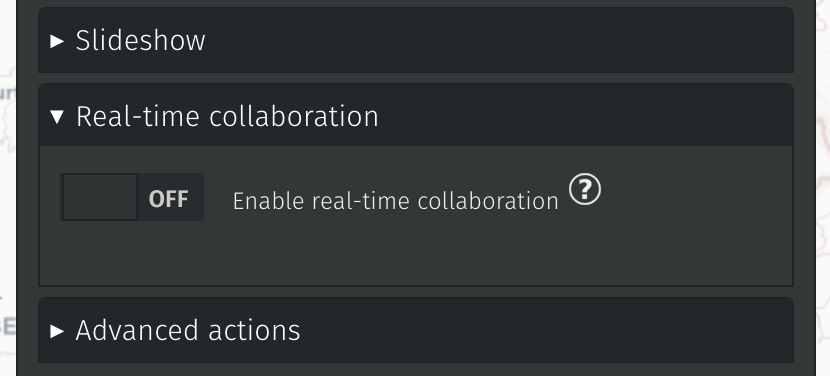Yesterday i received a message from perenniallylate notifying me that he had mapped village 99 on the list, Tremul, and asking me if it was okay for him to map some villages in the upcoming weeks.
I thanked him in private, but also want to thank him publicly for contributing to mapping Albania and putting Albanian villages on the map.
Anyone can map any village from the list, because I can always add more villages to it. It would be amazing if you could send me a message or leave a comment that you mapped it, but even if you do not, it is totally okay.
Today I continued mapping and mapped Kryemadh and the surrounding areas, including villages Kalimash and Shtanë.
“#100villagesin100days #day40 #+1contributor”









